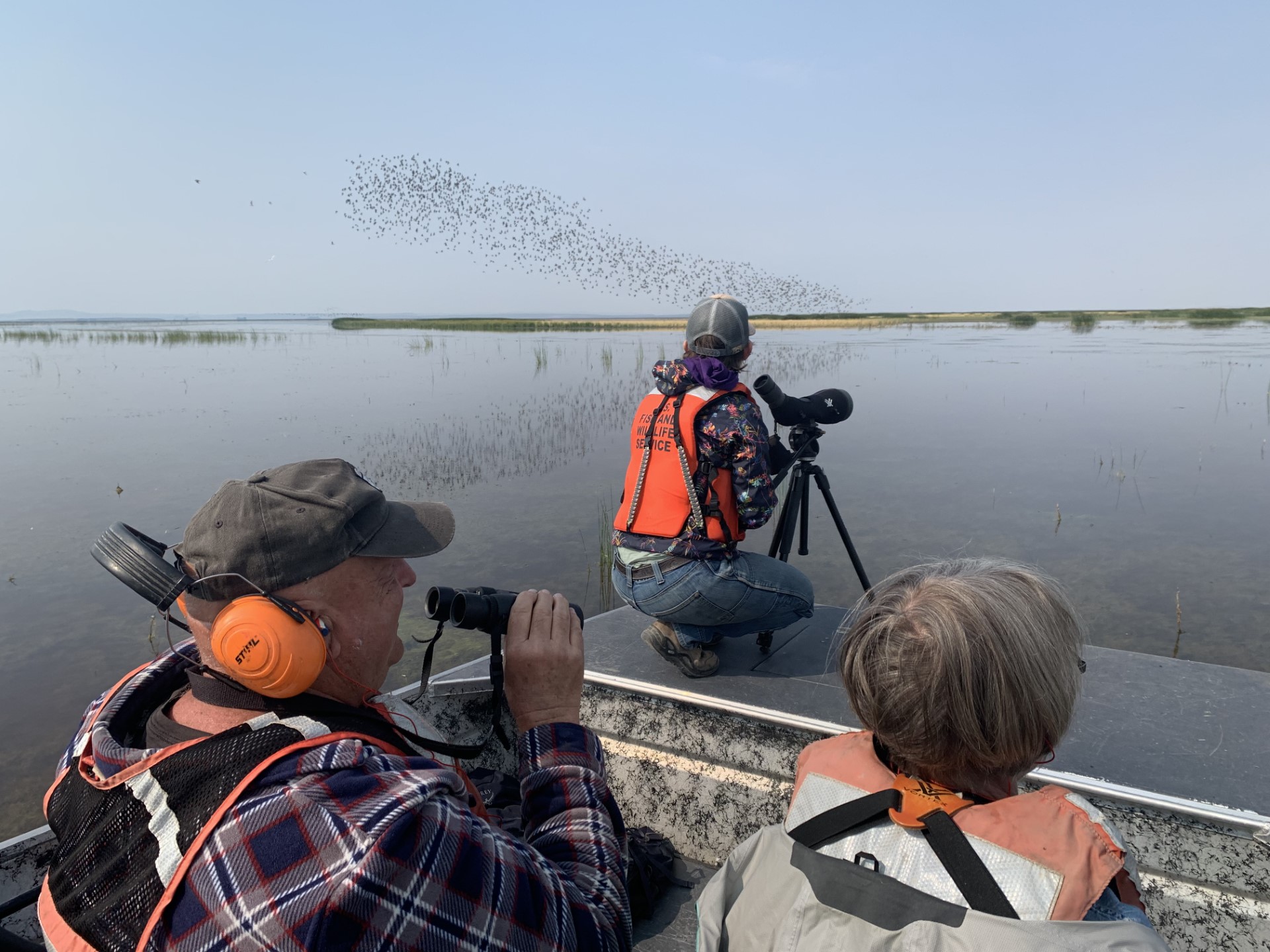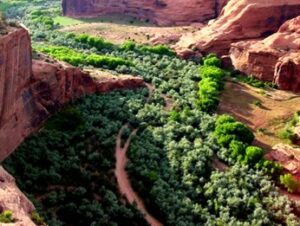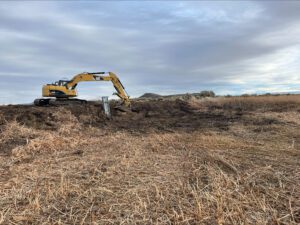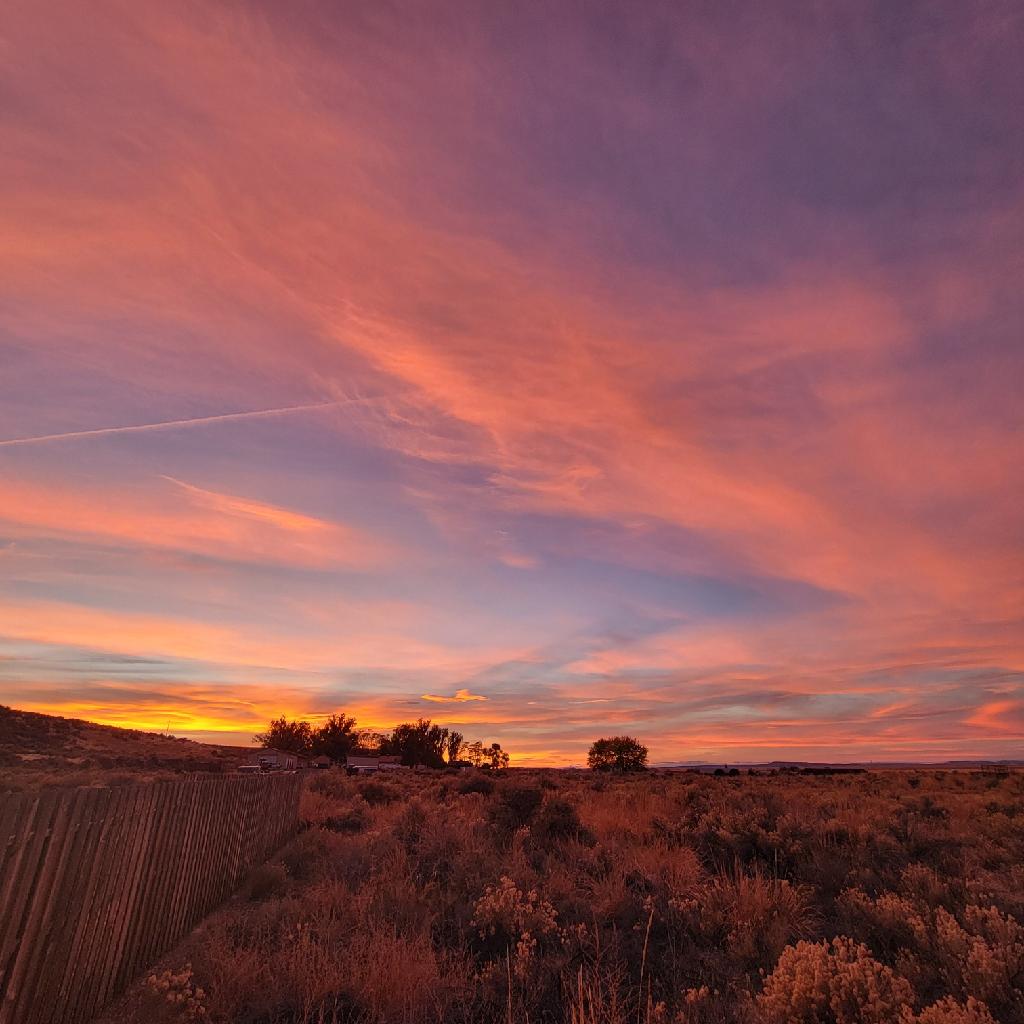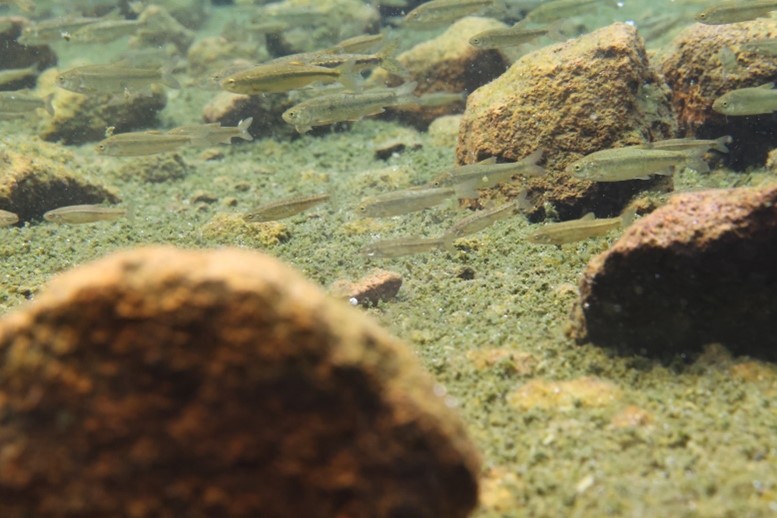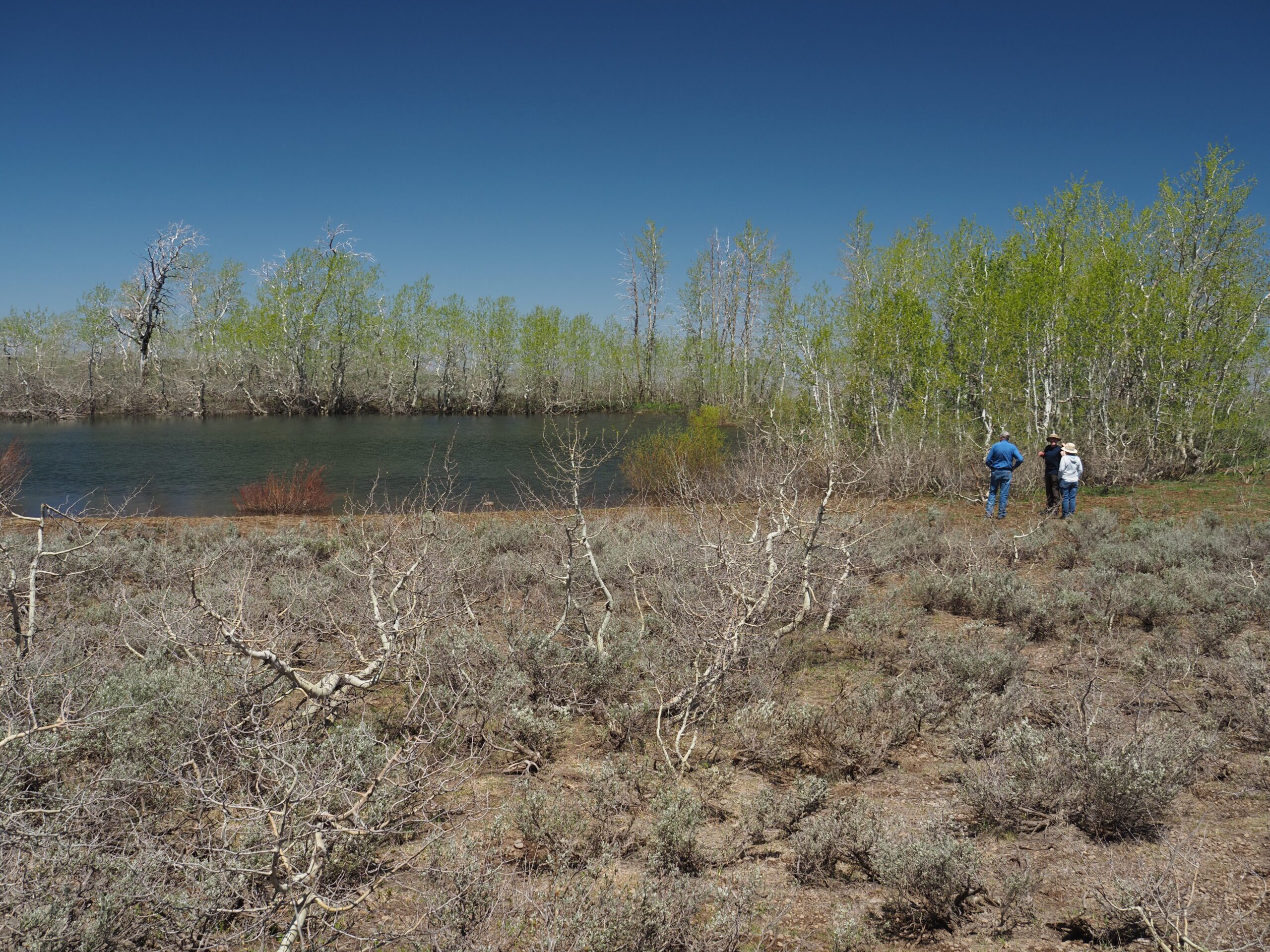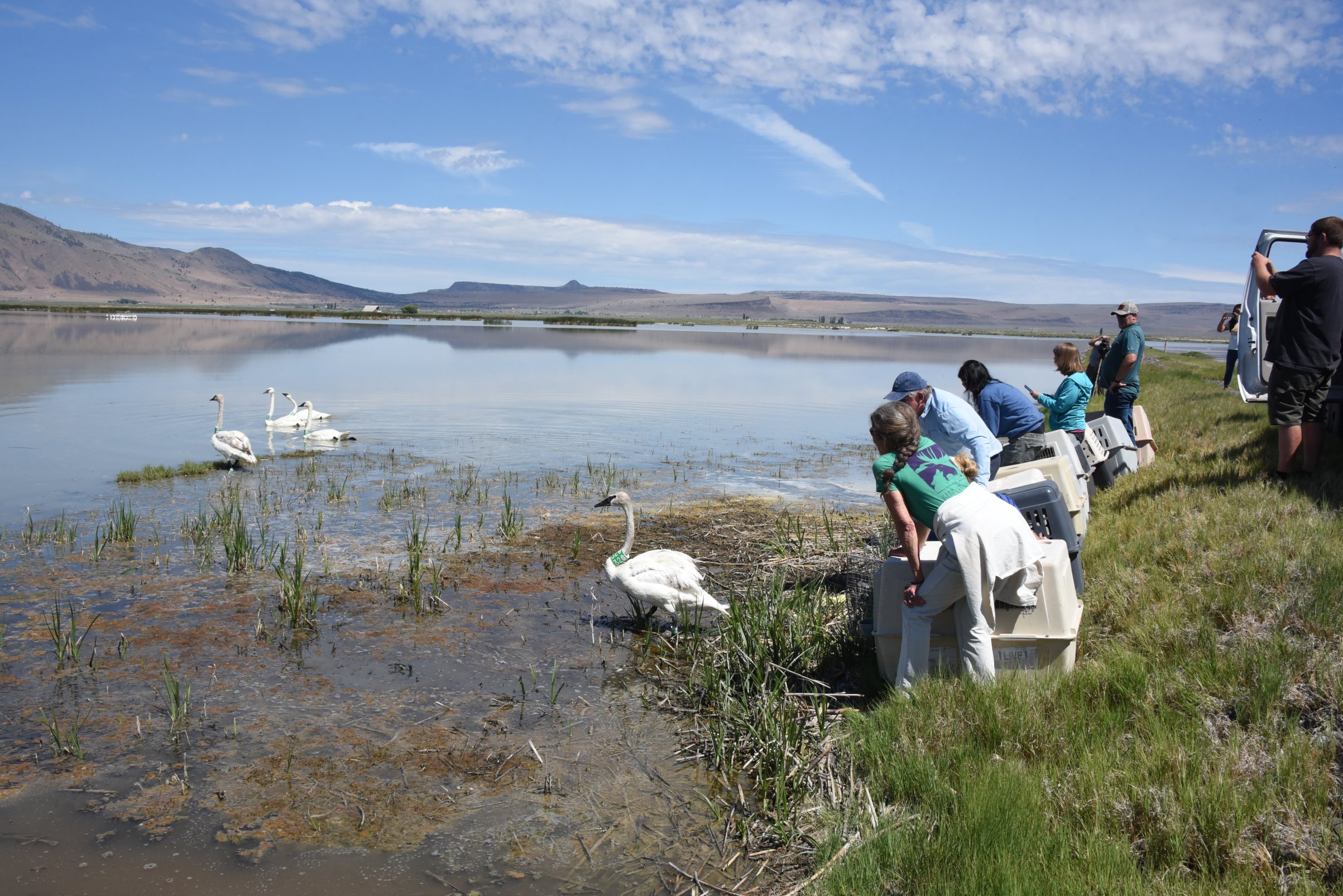Written by Teresa Wicks, Portland Audubon’s Eastern Oregon Biologist
In 2022, Point Blue Bird Observatory, National Audubon, and the USFWS proposed a reboot of shorebird surveys that were conducted in the 1990s. The impetus for this reboot was the extended drought that caused declines in water levels throughout the Intermountain West and the need to understand how shorebird populations may have been affected by water declines. Portland Audubon agreed to manage the volunteers for the Harney Basin portion of this survey, recruiting volunteers to count shorebirds at Harney Lake, Malheur Lake, water bodies at the south end of Malheur, and at saline lakes in the Double O area.
These surveys correlate with spring and fall migration and are conducted in a short window of time to reduce the likely hood of double-counting shorebirds as they migrate. The idea isn’t to count peak shorebird numbers at each area but to get a snapshot of shorebird populations throughout the Intermountain West. The intention is for these surveys to be conducted for 3-5 years. In addition to information about bird species and numbers volunteers also collect information about habitat type and conditions.
Last fall was the first effort to survey, with 2023 being the first year with both spring and fall data. One of the more interesting things about the spring 2023 survey is that it was a massive amount of water on the landscape, following a very dry fall with limited water availability. Biologists from across the Intermountain West were surprised by the apparent dearth of birds. Phalarope appeared delayed and the large numbers of birds from the previous fall didn’t seem to materialize. But it is important to note that with the large amount of water available, the birds had their pick of places to stopover, or instead of having to find to sites because of a lack of water, they likely had to find new sites because of too much water. For example, Harney Lake had enough water to produce brine shrimp and draw a number of waterfowl, meaning conditions on Harney Lake were quite different from previous years where the only water or mudflat on the playa was from springs.
This fall, 9 people surveyed approximately 100 miles by airboat, vehicle, or on foot. There were surprisingly large numbers of Baird’s Sandpipers and Semipalmated Sandpipers on the playas of Harney Lake and the Double O. There were many Snowy and Black-bellied Plover, Red-necked and Wilson’s Phalarope, and a few other peeps. While all of the sandpiper and plover numbers were impressive, possibly the most remarkable part of this survey was Malheur Lake.
Not only were there over 1700 Black-necked Stilt on the Lake, along with several thousand Long-billed Dowitcher and close to 100 Marbled Godwit. Additionally, there were thousands of White-faced Ibis, large numbers of them juvenile and very likely produced on Malheur Lake at one of the colonies on the lake this year. There were also hundreds of Franklin’s Gulls and Forester’s Terns, also birds that likely nested or were born on Malheur Lake this year. And American Coots everywhere!
One of the more ecologically interesting, and generally very cool, things about Malheur Lake is that it has always fluctuated in size and depth. That variability is part of the lake’s history. As the lake shrinks and grows, different species of birds are supported by water. Last fall, when the lake was quite small and shallow we had more peeps, phalarope, and generally smaller mudflat foraging or open water species. This year, with the lake’s vegetation making a good showing and the water being deeper, there was little mudflat so the birds on the lake consisted of larger waterbirds and long-legged shorebirds. It was like getting a glimpse of part of the lake’s history that I’ve seen in pictures but never really thought I’d see in person.
It will be interesting to see what this winter will bring to the Harney Basin, and how the winter’s precipitation is expressed on the landscape. I’m looking forward to seeing what other folks in the Intermountain West found during their surveys and to the next several years of working with volunteers and refuge staff to count shorebirds in Harney County.
If you are interested in participating in the 2024 April or August Surveys please contact Teresa Wicks, [email protected]

